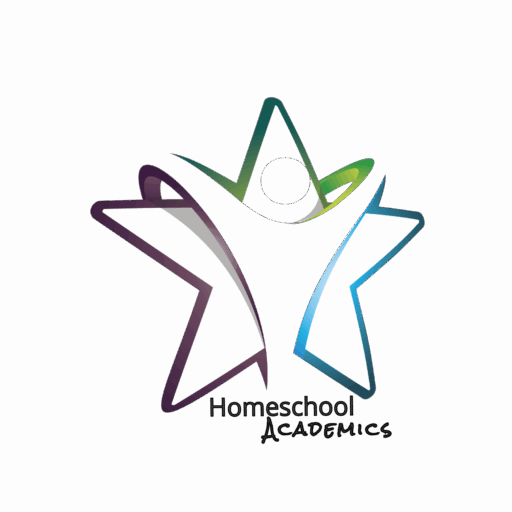Aceable is well known for its engaging, teen-friendly approach to learning, making it a popular choice for students who want a more interactive experience. Backed by...
Peer Learning
Acknowledge Progress
Activities: Collaborative Problem-Solving Builds motivation and reinforces positive collaboration. Tips Recognize even small steps: 'We've already made some headway;...
Acknowledge their Emotions
Activities: Build Rapport Acknowledging emotions de-escalates tension by showing empathy. Tips Say, 'I can see you're upset. Let's work through this together.' to...
Acknowledge their Frustration
Activities: Dealing with Aggressive Behavior Validates their emotions and shows you're on their side. Tips Say, 'I can see you're upset: let's work through this...
Acknowledge your Triggers
Activities: Managing Personal Emotions Awareness of triggers helps you stay proactive rather than reactive. Tips Be aware of what behaviors upset you and have a plan to...
Adapted Mind
AdaptedMind is a well-rounded, research-backed online program that provides a solid K–8 curriculum aligned with Common Core standards. With a vast library of over 300,000...
ADHD Individuals Summarized
ADHD individuals can significantly impact various aspects of a person's life, including their education. Here are some key considerations regarding ADHD and education:...
Adventure Academy
Adventure Academy is a richly immersive virtual learning world designed for elementary and middle school students who thrive on curiosity and exploration. It offers hundreds...
Aesthetic Approach to Lesson Planning
An aesthetic approach to lessons can be especially beneficial for children with sensory, cognitive, or emotional needs, like those you homeschool. It focuses on sensory...
Affiliate and Advertising Disclosures
Updated: July 3, 2025 This disclosure is valid from May 03, 2024. At Homeschool Academics, we believe in transparency, honesty, and real relationships. Sometimes, we’re...
Age Appropriate Educational Time
When planning a child’s education—especially in a homeschool setting—it’s important to consider what amount of instructional time is developmentally appropriate. Unlike...
Aggression After Failed Attempts
Solution: Praise effort and encourage trying again with a new approach. Result: Builds resilience and reduces frustration -driven aggression.

